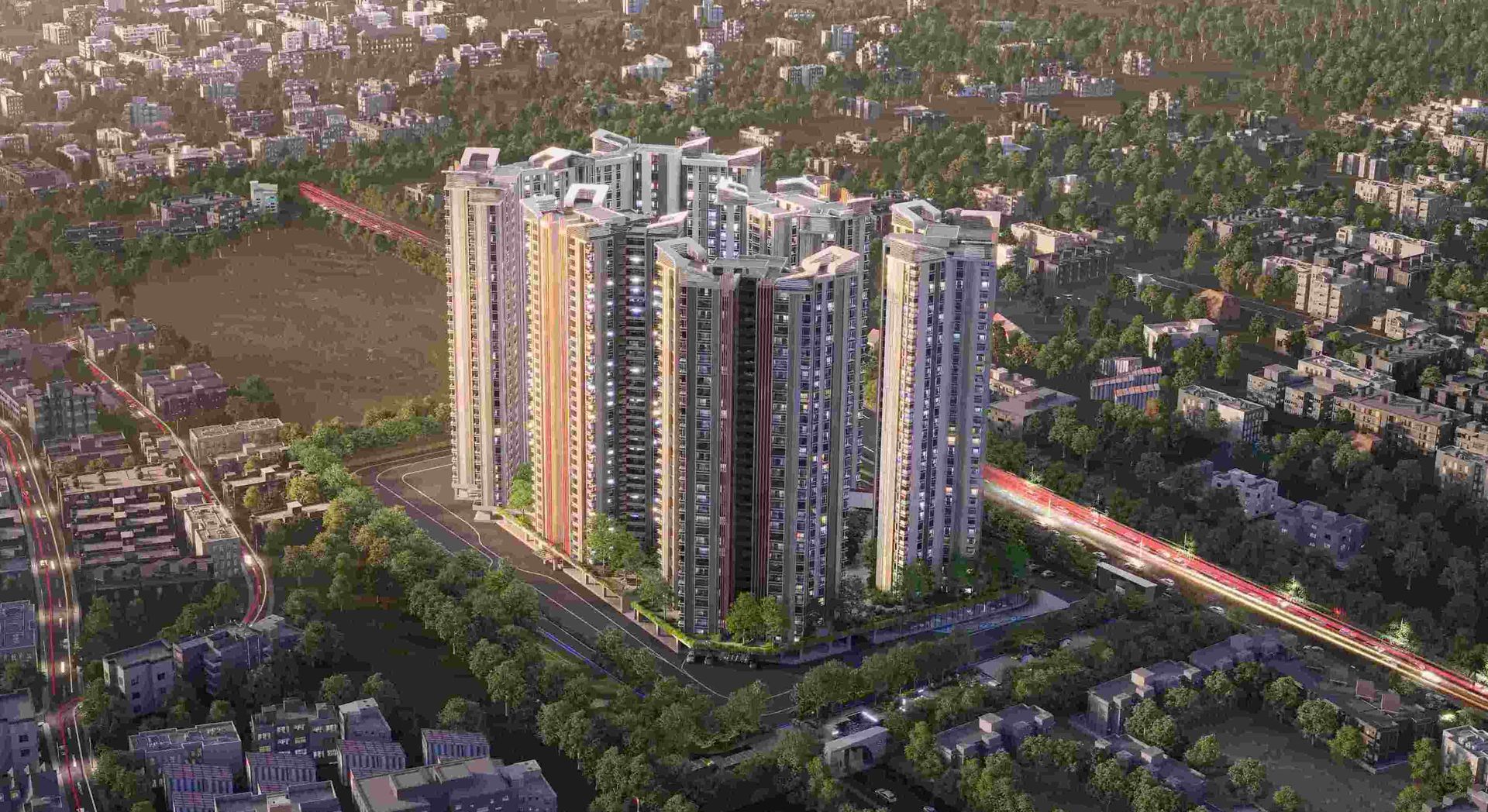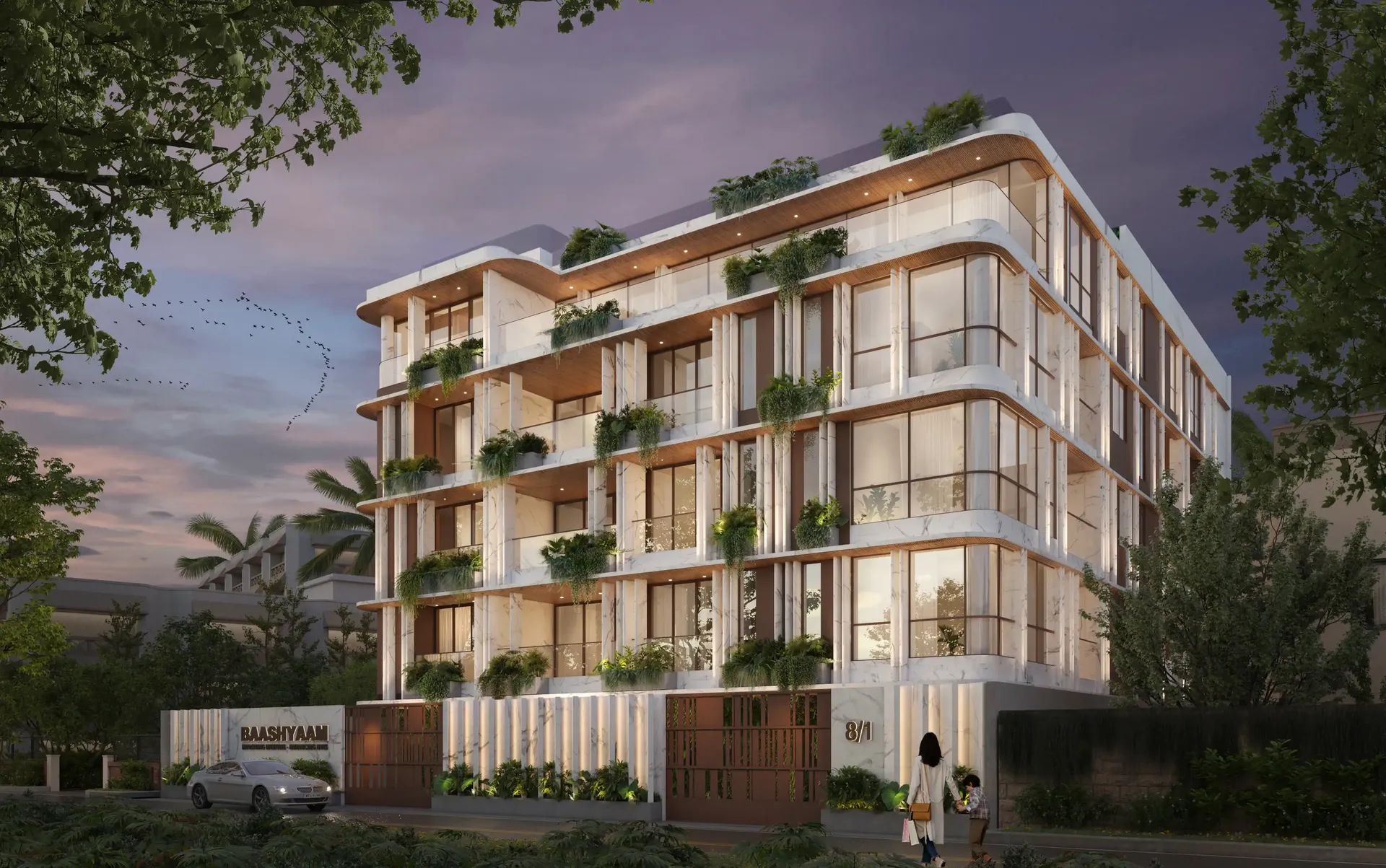Hydroponics in Flats
One major challenge that comes alongside the modern apartment lifestyle is the lack of space and the absence of opportunity to set up personalized garden spaces.
However, with the changing times and in between the transitioning era, a multiplicity of tips and techniques have emerged and are known to be cracking the code for developing indoor green spots.
One such technique adding an element of tropic into the apartment culture is of ‘Hydroponic Gardens’. As tiny garden spaces, this technique is already making its name for building interesting nature-zones within the living outlets of the new-age apartment culture.
What is Hydroponics?
As a modern alternative to the traditional soil-based plantations, the term ‘Hydroponics’ refers to a system of plantation that bases itself upon soil-less cultivation.
The plantation and the floral growth within the hydroponic culture depend upon individual eco-systems built or bought for the production of the same.
While hydroponics can be grown in a variety of traditions, it is the choice of varying eco-systems that allows the flexibility of vertical or horizontal outgrowth within the hydroponic sub-cultures.
How to start?
The best thing about Hydroponics is that it comes alongside the freedom of choice and gives individuals the option to either build a system from scratch or buy one from the market.
Whilst the internet and the market are all full of interesting Hydroponic systems, individuals coming from a solid background within the field can also go about building their sub-culture.
Starting from a fairly minimal price range, these mini eco-systems allow for a good variety of floral cultures to bloom. And though these systems can easily be built at home, the manual does come alongside a varying list of intricacies, and therefore, for beginners, it is advisable to always stick to buying their first Hydroponic system than building one.
Choice of Hydroponics
To start with, as mentioned before; Hydroponics comes with a great variety of systems to choose from and it indeed is a tough task to list each one of them. However, to help you through the process below is the list of the top three most popular systems within the Hydroponic sub-culture:
- Deep-water Culture
Suspended within a nutrient-rich reservoir, this category of growing Hydroponic plantations is indeed one of the easiest ones. Functioning through the base reservoir, the process of oxidization within the system is done through air pumps.
- Aero-Garden
These are air-suspended growth channels that can be modeled in multiple patterns and formats. With its core nutrition depending upon a regular supply of a nutrient-rich mist, these channels are incredibly easy to plant and care for.
- Drip System
Similar to the drip-based farming pattern, this interesting Hydroponic sub-culture bases itself upon a core dripping system that acts as a slow and regular source of feed for plant growth.
Benefits of Hydroponics
Living within the urban convention of the apartment culture can often be taxing and specifically so in the post-pandemic world where home environments have come to dominate every inch and aspect of our daily lives.
Some of the many benefits surrounding this interesting system of Hydroponics are:
- Regular balance of nature within your home life.
- An easy-to-follow plantation and maintenance system.
- Completely soil-less process and thus a comparatively cleaner gardening experience.
- The flexibility of area and pattern of growth.
- Rapid growth because of the direct contact in between the roots and the nutrients.
- Added health benefits.
Equipment required?
- Nutrient Solution
In the absence of a soil-based structure, every Hydroponic eco-system bases itself upon a nutrient solution that can help the plants grow and survive within the new structural environment. - Grow Light
Similar to the traditional photosynthesis process, in the indoor format, natural light is replaced by grow lights that can continue to foster the process of photosynthesis amongst plants and boost their growth. - pH testing tools
Lastly, the nutrient solution that you base your plants within needs to maintain a perfect pH balance that is suitable for the plant’s growth. Thus, depending on the solution and the plantation, a pH testing kit is advisable to keep handy.
So now that you are all equipped with information surrounding modern ways to turn your home green, and that you no more require a bigger space or an apartment switch to finally add a dash of flora into your living space; this is your sign to go ahead and welcome a Hydroponic ecosystem into your home.
Up Next
Top Construction Innovations That Make Homes Last for Generations
A home is often the most significant investment in a person’s life, and for many, it’s not just about creating a living space for today but building a legacy for tomorrow. The good news is that modern construction has advanced far beyond traditional brick and mortar. Today, innovative materials and techniques are making homes stronger, more sustainable, and more resilient—built not just for decades, but for generations to come.
Discover a Self-Contained World: Inside Chennai’s Most Thoughtfully Planned Township
A self-contained epic lifestyle with smartly curated living experiences — that’s what this momentous development in Koyambedu brings to Chennai’s real estate landscape. Rarely do we see something that truly reimagines aspirational residential living and commercial spaces. For years, large-scale home communities and townships have been defined through a narrow lens. Now, this project from Baashyaam, true to its philosophy of “Improving Lifestyles – Enhancing Lives”, is changing the narrative and setting new benchmarks.





